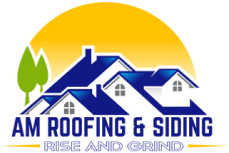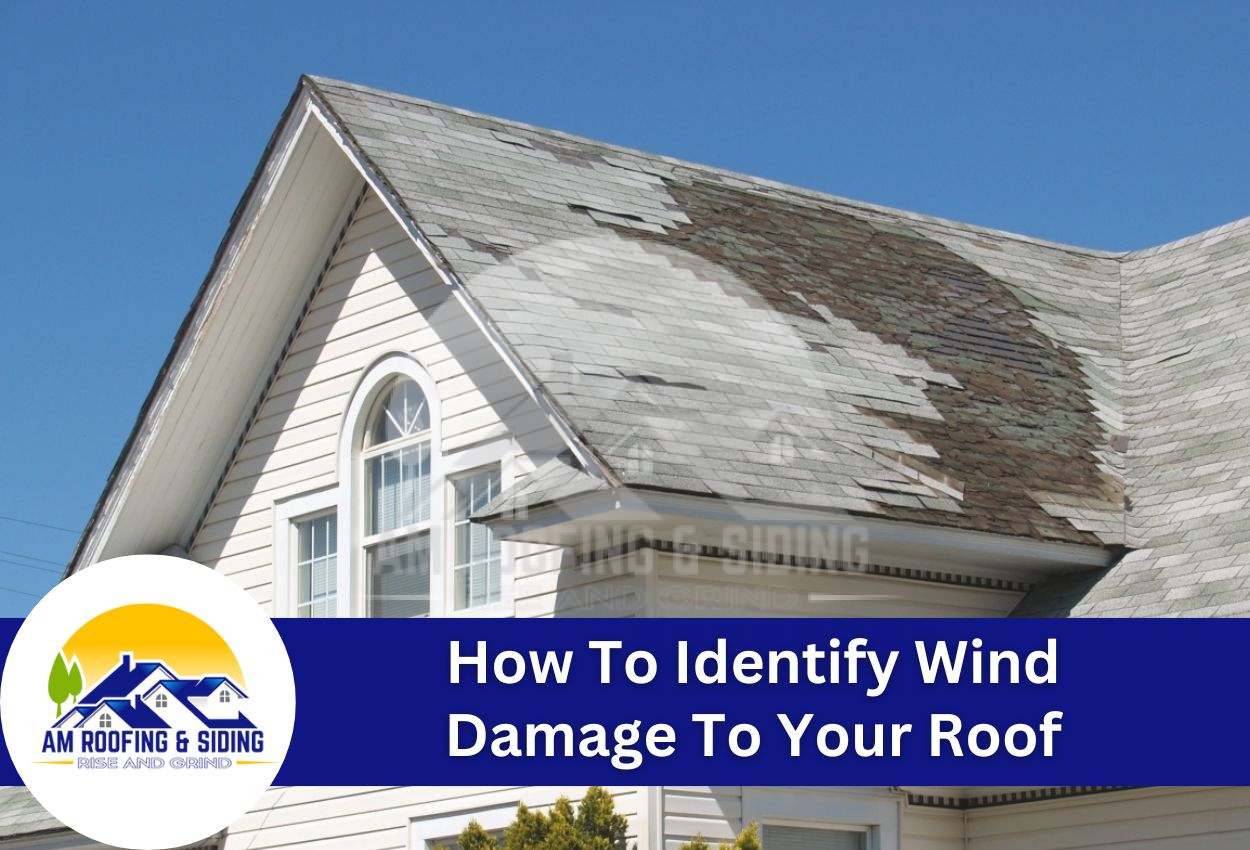Wind damage to residential roofs is a common result of severe weather, particularly in areas prone to storms. That makes understanding how wind interacts with roofing materials essential for homeowners, as it allows them to recognize the signs of damage quickly. When high winds sweep through, they can lift shingles, cause cracks, and even remove entire sections of the roof, exposing your home to further risks such as water damage and structural weakness.
Identifying wind damage early is crucial to maintaining the integrity of your roof. Delayed detection can lead to escalated repair costs and potentially severe interior damage. This blog post will guide you through the initial steps of a wind damage roof inspection, helping you recognize the common signs of wind damage on a roof. By learning to spot these indicators early, you can take swift action needed to repair roof wind damage, ensuring your home remains safe and secure.
Whether you’re a new homeowner or have been in your residence for years, knowing the symptoms of wind-damaged shingles and other indicators of wind damage to your roof is valuable. This knowledge not only aids in quick response but also underscores the importance of a professional storm damage inspection to accurately assess and address any impairments caused by harsh weather conditions.
Symptoms of Wind-Damaged Shingles
Identifying wind-damaged shingles is crucial for maintaining the structural integrity of your roof. Curled, cracked, or torn shingles are clear indicators that your roof may have been compromised by high winds. Luckily, this type of damage can often be spotted from the ground. Look for shingles that appear to be torn from the roof’s surface or ones that have even been scattered around your yard. These symptoms of wind damage suggest that the shingles are no longer effectively protecting your home from the elements.
Alongside obvious damage, subtle indicators include shingles that are still attached to the roof but lifting or curling around the edges. These can be harder to spot, as they often remain in place but are bent or curled, allowing moisture to seep underneath. You may also find shingles granules in your gutter system. Granule loss reduces a shingle’s effectiveness in protecting against weather elements and can significantly shorten its lifespan, so replacing these damaged shingles is important.
The consequences of damaged shingles extend beyond simply affecting the appearance of your roof and home. Once the shingles are compromised, water is easily able to get in, leading to potential leaks and water damage inside. This can weaken structural elements and lead to expensive repairs if it’s not addressed promptly. In areas like Central Ohio, where weather can be unpredictable and sometimes harsh, it’s especially important for homeowners to monitor their roofs for these signs of wind damage after any significant storm.
Regular inspections and maintenance are recommended to catch and repair roof wind damage early. Homeowners should consider a professional storm damage inspection after events with extreme winds to ensure that all damage is properly identified and fixed. This proactive approach not only helps to extend the lifespan of your roof but also protects your home from future weather-related vulnerabilities.
Conducting a Wind Damage Roof Inspection
Inspecting your roof for wind damage is a critical step in maintaining your home’s safety and integrity. Homeowners should conduct these inspections regularly, especially after severe weather events. To safely inspect your roof for signs of wind damage, start by using binoculars or a drone. These tools can help you view high or hard-to-reach areas without the risk of climbing onto the roof itself.
Begin your inspection by looking for the most common indicators of wind damage to the roof, such as missing, cracked, or curling shingles. Pay close attention to the roof’s edges and ridge lines, as these areas are particularly vulnerable to high winds. You should also check for any loose material or debris around the chimney, vents, and pipes, which can signal that the sealant or flashing may have been affected.
Using drones equipped with cameras can be particularly helpful for conducting a thorough wind damage roof inspection. They allow for a closer look at the roof’s surface and can capture detailed images of any damage. This method is highly recommended for homeowners in Central Ohio, where roof inspections might be necessary multiple times a year due to frequent storms.
The Role of Professional Help During a Storm Damage Inspection
Recognizing when and why to call in professionals for a thorough roof inspection is critical, especially after experiencing severe weather conditions that might lead to wind damage. Professionals are equipped with the expertise and tools necessary to assess the extent of damage accurately, which might not be obvious to the untrained eye. This is particularly important in areas like Central Ohio, where storms can be quite severe and frequent.
During a professional inspection, experts conduct a comprehensive evaluation of your roof to identify any signs of wind damage. They utilize advanced tools such as moisture detection equipment, drones for aerial imagery, and specialized binoculars to inspect hard-to-reach areas. This thorough approach ensures that all potential issues, from missing shingles and exposed underlayment to less obvious problems like weakened seals around vents and chimneys, are identified
The importance of a professional storm damage inspection cannot be overstated. It not only ensures that all symptoms of wind-damaged shingles and other related issues are identified but also helps in planning effective repairs to reduce further damage. For instance, if storm damage requires you to file an insurance claim, professional inspections can help move the process along quicker and ensure everything is addressed.
Repairing Roof Wind Damage: Immediate Steps
While an inspection is crucial for homeowners to carry out after a storm, immediately addressing the damage found is just as important. Taking prompt action not only prevents further damage but also helps in maintaining the structural integrity of the home.
Here are some quick fixes that can be done immediately after discovering minor wind damage:
First, if it is safe to do so, remove any debris that has accumulated on the roof. This includes broken branches or loose materials that could cause additional damage during high winds. Next, if there are any visible signs of wind damage on the roof such as lifted or missing shingles, temporarily cover these areas with a tarp or roofing cement to prevent water from entering the home. This serves as a temporary solution to protect your dwelling from water damage until permanent repairs can be made.
However, minor repairs might not suffice if the damage is extensive. In these cases, the importance of a professional storm damage inspection becomes evident. Professionals not only bring their expertise in identifying all the indicators of wind damage to the roof but also ensure that the repairs are done correctly and efficiently. For long-term repair solutions, it’s advisable to contact a roofing contractor who can assess the damage thoroughly and provide a comprehensive repair plan.
Remember, while quick fixes can temporarily solve minor issues, relying on professional services for a detailed wind damage roof inspection and subsequent repairs ensures your roof is well-prepared to withstand future storms.
Receive Professional Storm Damage Inspection & Repair from AM Roofing & Siding
If you suspect wind damage to your roof, call AM Roofing & Siding at (740) 974-8268 for a professional storm damage inspection. Our expert team will thoroughly assess your roof for any signs of wind damage and provide you with a comprehensive report. Ensure the safety and integrity of your home by trusting in the experts at AM Roofing & Siding for reliable and professional roofing services, including repair and replacement. Contact us today to schedule an inspection and safeguard your home from the effects of wind damage.

